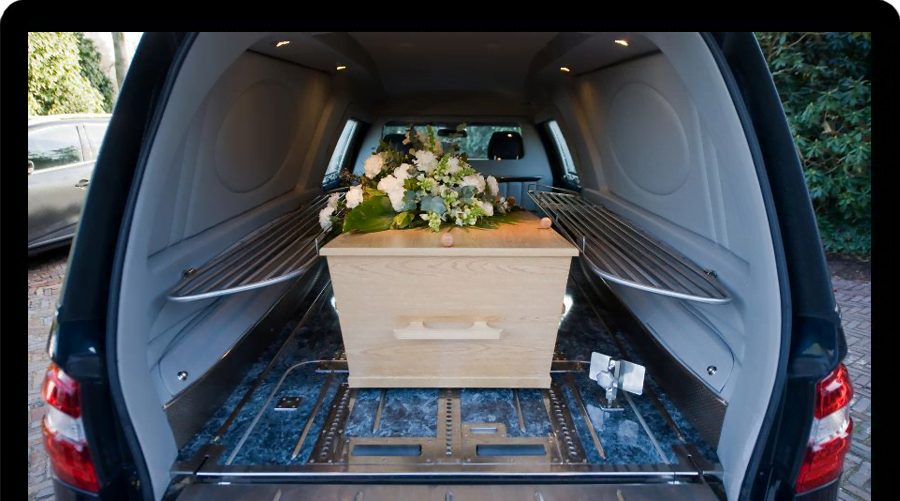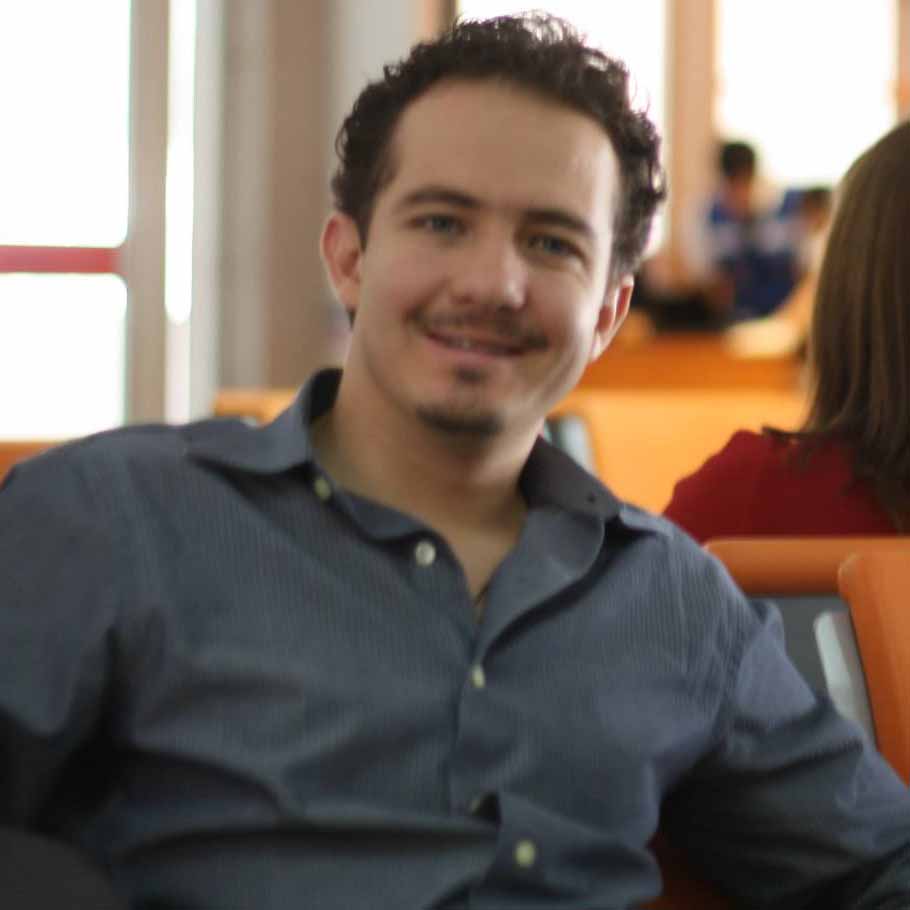BOINITA
Funeral Transfer Service

BOINITA does not take advantage of circumstances.
What are funeral transfers?
The Funeral Transfer Service is provided to bring the deceased to his or her final resting place. With this help, those who have passed away can be honored with dignity and respect. This service includes everything from transportation to casket selection, burial arrangements and much more. Assistance is also provided in obtaining all permits and ensuring that all necessary documentation is processed.
We can offer you the service in the cities where we have coverage (AGS, CUN, SLP, HMO and MID).
What does the Funeral Transfer service include?
- All procedures before the Civil Registry.
- Local taxes.
- Transfer of the body from the place of death to the funeral home.
- Transfer of health care.
- Second transfer of the body by land within the national territory.
- The casket of your choice.
- Aesthetic arrangement.
- Embalmed.
Funeral transfers outside the country
Depending on where the deceased is being transferred to or from, different paperwork and permits may be required. The funeral home will work with you to ensure that all appropriate information is gathered and provided so that you can arrange a successful transfer. It is important to note that transporting a body between countries can be costly and time-consuming, but is often undertaken if family members wish to hold a funeral service in their home country or if they wish to bring their loved one back home after death.
What to do when you need to move the remains of the deceased to another location or country?
When a person dies and the family needs to transfer his or her remains to another place or country, this is called repatriation. This process requires careful consideration of the destination, the type of funeral service and the arrangements necessary for the deceased to rest in peace. In most cases, what needs to be transported is a casket or an urn with ashes. Depending on the situation, there may be national or international services available to help organize this process. If services are not available, the family may have to perform this task themselves, with particular regard to international standards. It is important that all legal documents are in order before any transport so that everything goes smoothly.
How is the transfer of a deceased person?
The transfer of a deceased person is usually done in a respectful and dignified manner. Depending on the wishes of the family, the body may be placed in a casket which can then be transported in a traditional hearse or some other vehicle. Cremation is another option for transferring the remains of a deceased person; however, this process requires its own set of procedures and guidelines to be followed. In all cases, it is important to comply with the laws and regulations regarding the transfer of human remains, as it can help ensure that the process runs smoothly and respectfully.
Ways of transporting the deceased
Ground transportation is the most common way to move a deceased person. A hearse or hearse can be used to transport the coffin to the burial site. Depending on the distance, ground transportation is usually the most economical.
Air transport is another option for moving the deceased. This may involve chartering a private plane or using commercial airlines. It is necessary to use coordination between funeral homes and airport personnel so that all paperwork can be completed prior to travel.
Transfer of ashes in national territory
The transfer of ashes within the national territory is a delicate process, but it can be done with proper preparation. An urn is used to hold the ashes, and an ashes transfer tax must be paid (inquire in your state) before the trip can take place. If a family wishes to transport the ashes themselves, they may do so in their own vehicle provided they have completed all the necessary paperwork and the local authorities have approved it. The urn should always be handled with care and respect during the transfer process.
Land transport of the deceased
The ground transportation of the deceased is a solemn and often emotional experience. From funeral homes to cemeteries, families must take their loved ones on a final journey before burial. This can be challenging, so it is important to have a plan in place. Depending on the size of the family and the number of vehicles needed, funeral directors often arrange for the body to be transported from the funeral home to the cemetery in limousines or hearses.
Transfer of deceased by air
It is important to choose an experienced and reputable company to ensure that all aspects of the move are handled respectfully and carefully. The company should be familiar with all applicable laws and regulations related to the transport of human remains by air, as well as all documentation required for the transfer. In addition, they should also offer assistance in arranging any ground transportation that may be necessary when the remains arrive at their final destination.
#1 Funeral transfer service
When it comes to arranging a funeral transfer of bodies, it’s important to get it right. At Boinita, we have a lot of experience helping people deal with life’s most difficult moments.
We support you throughout the process
More and more families are choosing our service because it is fast, economical and efficient, so they can count on having a dignified farewell at a later time.
Our easy-to-use funeral body transfer service covers everything from picking up your loved one to taking them to their family’s desired destination, and can be arranged over the phone.
BOINITA does not take advantage of circumstances.
Testimonials








